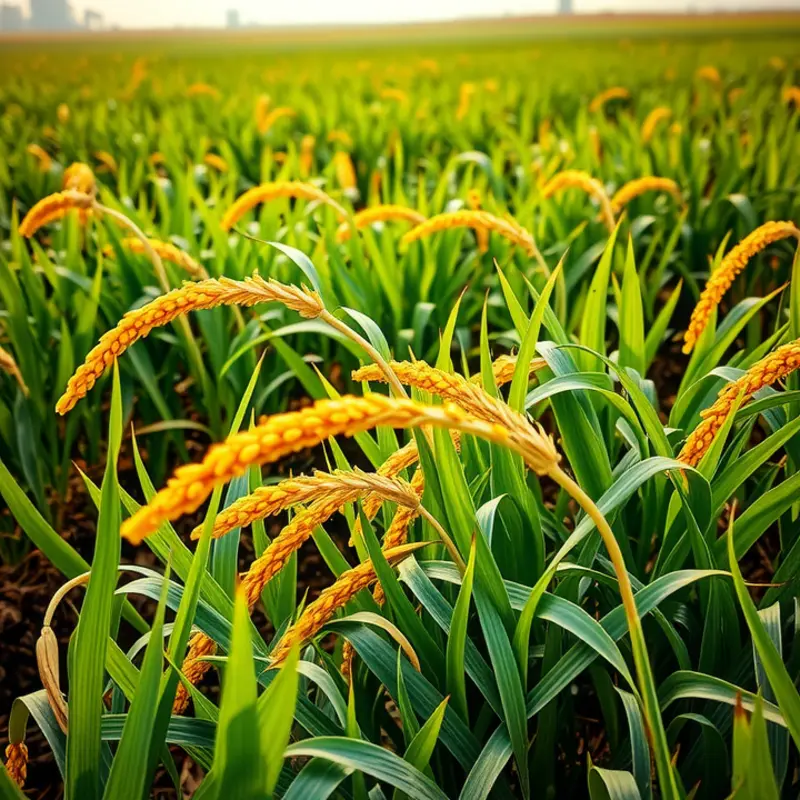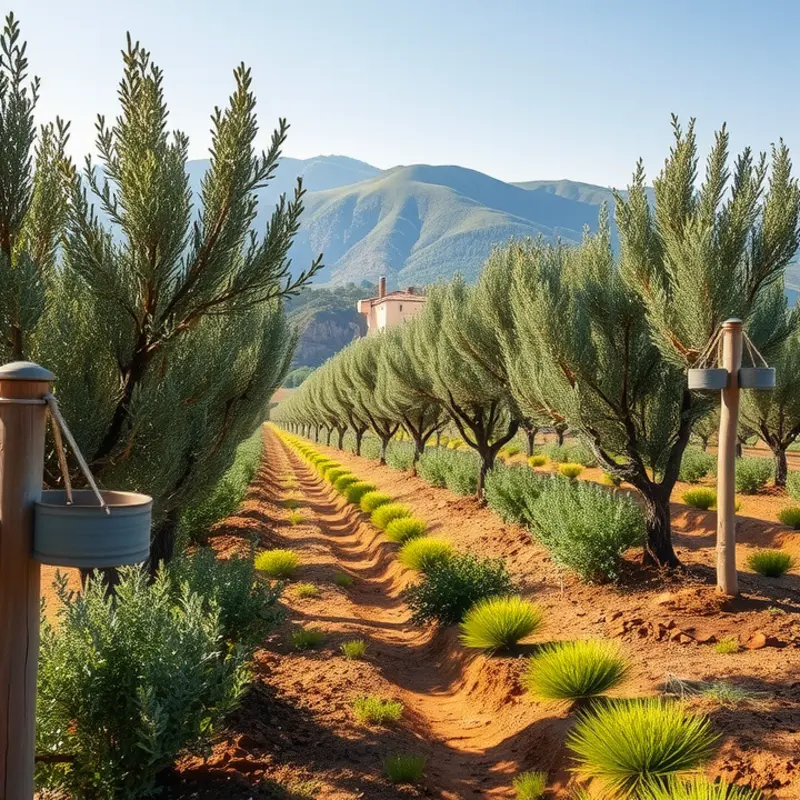From the bustling markets of India to the serene fields of the Mediterranean, vegetarianism weaves a complex narrative across cultures. Each region reflects its history, beliefs, and local ingredients through vibrant vegetarian dishes. Discover how diverse culinary practices offer a peek into the heart of various cultures and the communal spirit of vegetarian dining.
India: A Gastronomic Symphony of Spices and Lentils

India stands as a beacon for vegetarian cuisine, with its rich culinary traditions deeply intertwined with spiritual practices and historical legacies. India’s diverse geography is mirrored in its multitude of vibrant vegetarian dishes, each stoked by a particular region’s unique ingredients and methods.
In the northern part of India, the vegetarian fare is often characterized by robust curries and breads. Staples like dal makhani, cooked with black lentils and kidney beans, marry flavors through slow simmering, often finished with a dash of cream to balance its spice. The use of paneer, a versatile Indian cheese, appears in dishes such as palak paneer, where it mingles with spinach and an array of aromatic spices, offering earthy and wholesome warmth.
Transitioning to the south, one encounters a striking contrast in culinary practices. Southern Indian cooking prides itself on the mastery of dosas—thin, crispy fermented pancakes made from rice and urad dal. Traditionally accompanied by tangy and spicy sambar and a variety of coconut chutneys, they offer a delightful dive into the structured yet intricate balance of spices. Another cornerstone is avial, a medley of vegetables simmered with coconut and curry leaves, providing a symphony of flavors and textures.
Eastern India, particularly Kolkata, enthralls with its street food culture. Puchkas, crispy hollow spheres, filled with a spicy-tangy tamarind water, captivate with every mouth-popping bite. Nearby stands the less sung but equally seductive- ghugni. This snack, made from dried white peas, simmered with turmeric, cumin, and a touch of garam masala, unravels layers of flavors quintessential to Bengal.
Across India, street markets swell with the fragrance of roasted spices and crackling concoctions. It is here that spices like turmeric, cumin, and coriander become more than just ingredients. They embody ancestral stories and carry health benefits that resonate with cultural beliefs on the connection between food and well-being. As noted in this discussion on the global influence of spices, the trade of these aromatic treasures has shaped not only diets but cultural narratives around the globe.
The versatility of pulses, grains, and legumes further illuminates the spectrum of Indian vegetarian cuisine. From the lentil-based tadka dal to savory rice-lentil cakes known as idlis, these components craft meals that are filling yet balanced, embracing both tradition and nutrition. Such dishes demonstrate the ingenuity required to infuse each bite with intentional flavors while adhering to the cultural roots of vegetarianism.
To explore Indian vegetarian cuisine is to embark on a flavorful odyssey where each dish narrates a tale of its origin, influenced by climatic conditions, spiritual guidance, and the artistry of regional cooks. It offers a vibrant showcase of how variety and depth of flavor can be achieved without the use of meat, standing testament to the immense creativity and diversity embedded in Indian culture.
Mediterranean Bliss: Where Freshness Meets Tradition

The Mediterranean region is often celebrated for its exceptional foods that center on simplicity and freshness. Olive oil, a cornerstone of the Mediterranean diet, is revered not just for its flavor, but also for its health benefits. Rich in monounsaturated fats, it enhances the natural taste of vegetables and legumes, which are abundant in this region. Together with whole grains, these ingredients lay the foundation for traditional dishes often enjoyed by locals.
In Italy, the sweet and sour caponata showcases the potential of seasonal produce. This Sicilian dish combines eggplants, tomatoes, and a mix of olives or capers—staples that thrive in the region’s climate. Slowly simmered until the flavors meld, caponata is a testament to the Italian philosophy of letting quality ingredients shine.
Meanwhile, Greece introduces us to moussaka, a quintessentially Mediterranean casserole. This vegetarian version layers slices of roasted eggplant and potatoes, embellished with a rich béchamel sauce. Typically spiced with cinnamon and nutmeg, it captures the essence of Greek cuisine where herbs and spices play pivotal roles.
Across the Mediterranean, legumes such as lentils and chickpeas frequently appear on tables. Their versatility is highlighted in dishes like hummus, a creamy blend of chickpeas, tahini, and lemon juice. This Middle Eastern staple isn’t just a dish but an experience, best enjoyed when dipped with freshly baked bread.
Similarly, the simple yet satisfying Greek “fasolada,” a white bean soup, epitomizes the region’s culinary ethos. The soup relies on olive oil and a few vegetables, underscoring the belief that modest ingredients can produce profound tastes.
Most Mediterranean meals honor locally grown vegetables. From vibrant tomatoes to crunchy cucumbers and aromatic herbs, the bounty from the soil shapes the dietary customs. Many Mediterranean communities are adept at preserving seasonal produce, ensuring a balanced diet throughout the year. Techniques such as pickling and sun-drying enable year-round enjoyment of summer tastes.
While many cuisines rely heavily on meat, Mediterranean traditions celebrate plant-based eating. These culinary customs are not just results of geographical advantages but also of cultural philosophies grounded in celebration of the land’s abundance. The diet is less about restriction and more about moderation and diversity.
Emphasizing the role of traditional food practices can aid in sustainable and eco-friendly eating habits. Interested in reducing food waste while embracing Mediterranean methods? Learn more by exploring eco-smart kitchen storage, where everyday strategies align with this age-old ethos.
Ultimately, Mediterranean cuisine serves as a vibrant tapestry of flavors and history. It’s a rich narrative carried forward by families and chefs who continue to innovate while respecting the past.
Final words
As you journey through the global tapestry of vegetarian traditions, it’s clear that food is more than fuel; it’s a reflection of culture, identity, and community. Each dish tells a story woven from local customs, seasonal harvests, and historical influences. By embracing vegetarianism around the world, we not only savor diverse flavors but participate in a cultural exchange that enriches our understanding of humanity. Explore these vibrant food traditions within your kitchen, recreate international recipes, or simply appreciate the beauty of plant-based living.








